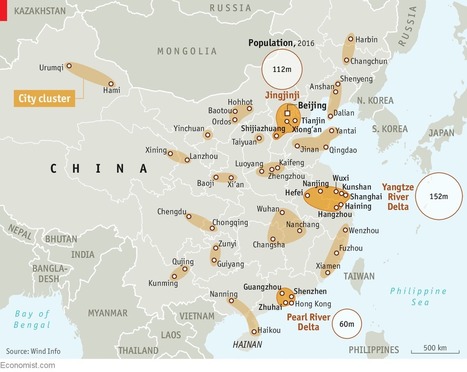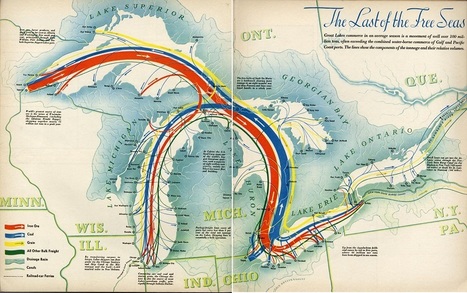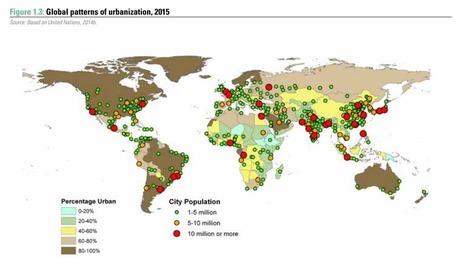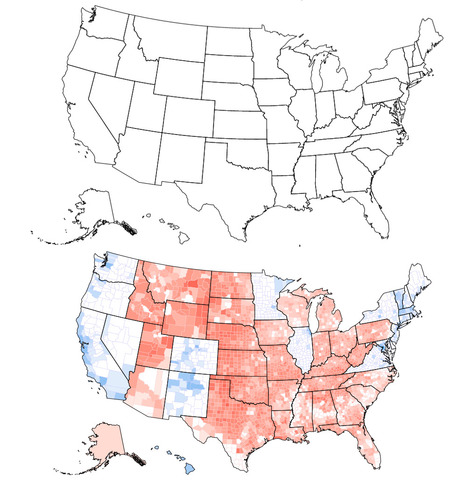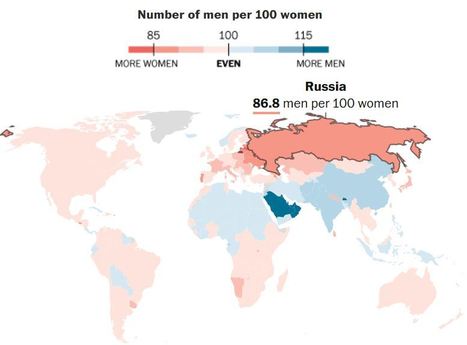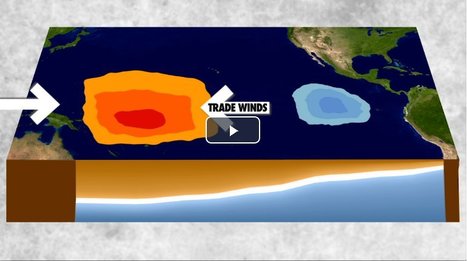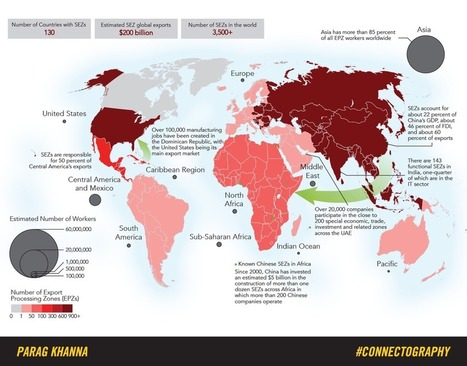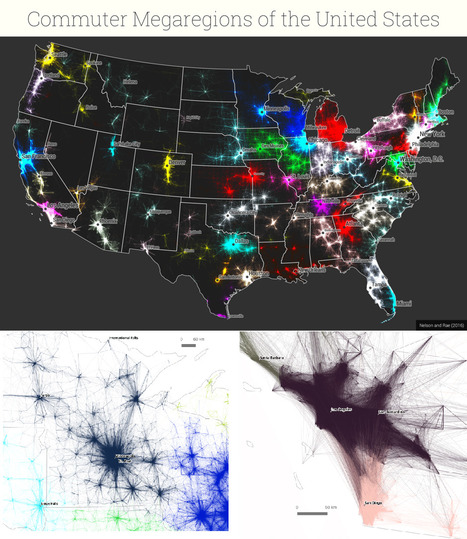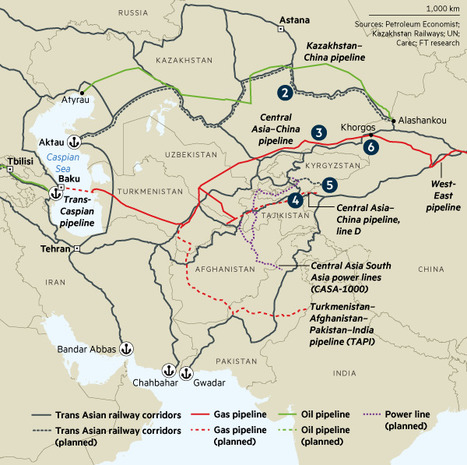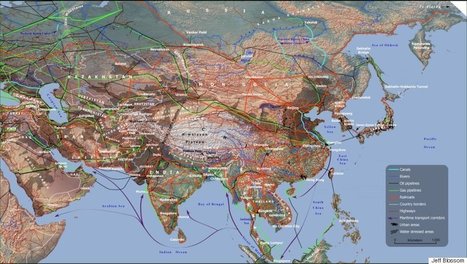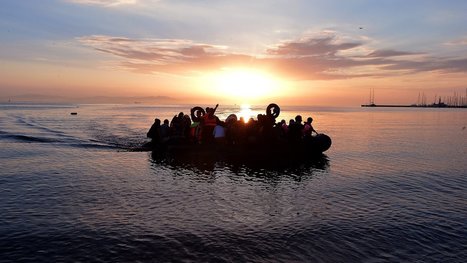Conservatives say the state has a tax problem. Liberals say it has an inequality problem. What it really has is a city problem.
Connecticut is losing rich companies (and their tax revenues) while it’s adding low-wage workers, like personal-care aides and retail salespeople. Yet it remains a high-tax state. That’s a recipe for a budget crisis.
The rise and fall of Connecticut fits into the story of American cities. In the 1970s, American metros were suffering a terrible crime wave, and New York was dropping dead. That meant boom times for New York’s suburbs and southwestern Connecticut. But now many of those companies are moving back, lured by newly lower-crime cities and the hip urban neighborhoods where the most educated young workers increasingly want to live.
Finally, the hottest trend in American migration today is south, west, and cheap—that is, far away from Connecticut, both geographically and economically. Texas is growing rapidly, and seven of the 10 fastest-growing large metropolitan areas in 2016 were in the Carolinas and Florida. Of the 20 fastest-growing metros, none are in the northeast.
Tags: urban, regions, economic.



 Your new post is loading...
Your new post is loading...

